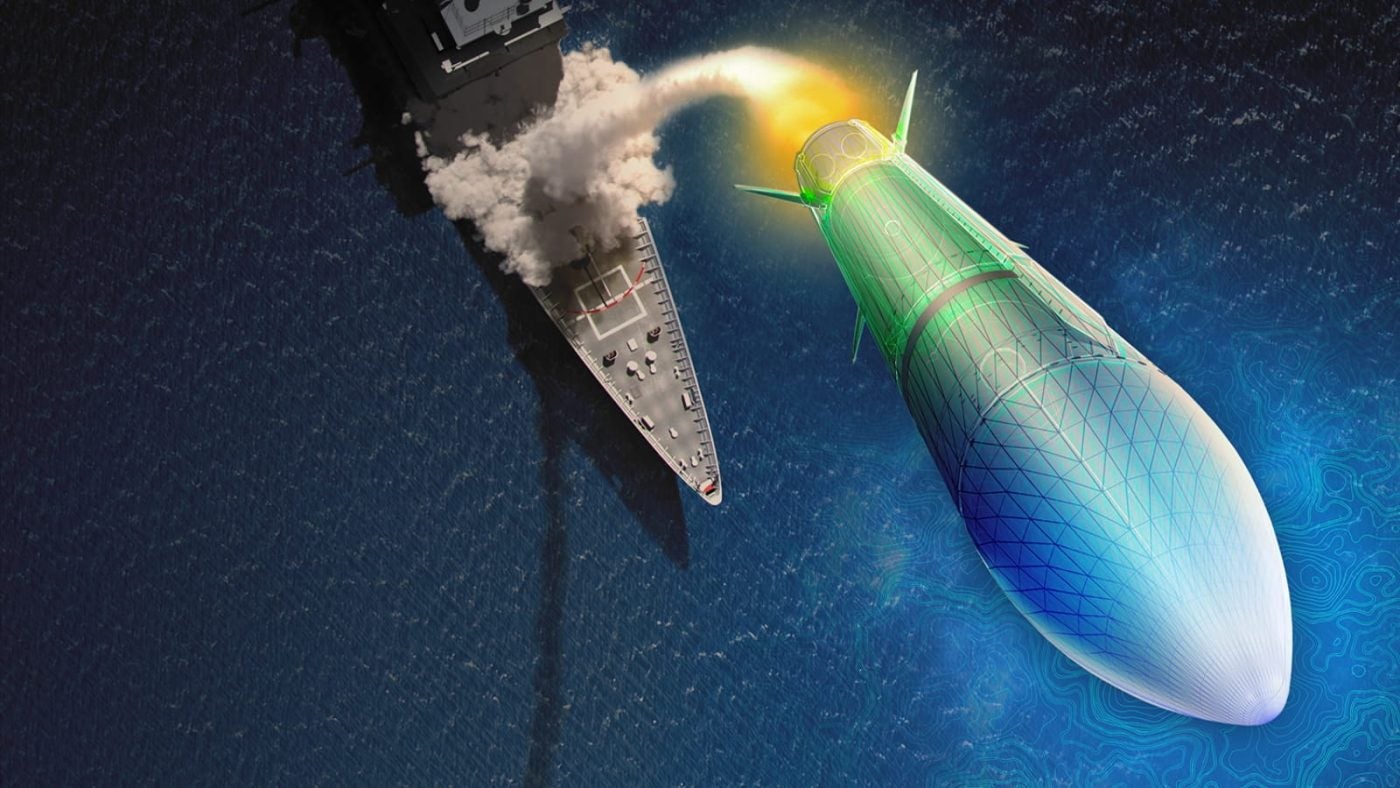
The US Department of Defence and the Japan Ministry of Defence have unveiled a joint effort to confront the growing threat of hypersonic missile capabilities in the Indo-Pacific region.
Kickstarted during the January 2023 security consultative committee (“2+2”) meeting, this collaborative initiative marked a step in the two nations’ partnership. The commencement of the glide phase interceptor (GPI) cooperative development programme shows the significance of this counter-hypersonic endeavour and its role in solidifying the US-Japan bilateral alliance.
As both nations navigate the rapidly evolving security landscape, the pressing need for advanced counter-hypersonic technology has taken centre stage. The emergence of offensive hypersonic missile capabilities has the potential to reshape the balance of power in the Indo-Pacific, presenting new challenges and strategic uncertainties.
James Marques, aerospace, defence, and security analyst at GlobalData, claimed: “China is building a fleet of hypersonic missiles of varying ranges which will underpin its ability to challenge the US and its allies in the Indo-Pacific. Many Japanese and US bases can be in the range of missiles fired from the Chinese mainland. It’s natural for Japan and the US to collaborate on this as they are closely allied.”
Recognising this shared concern, the United States and Japan have chosen to unite their expertise and resources in joint pursuit of a solution. Last month, the US, Japan, and South Korea all completed naval missile defence drills together to practice deterring emerging threats from North Korea in the East Sea.
The decision to develop the glide phase interceptor is a testament to the US-Japan alliance’s strength and commitment to mutual defence. The GPI cooperative development programme aligns with the 2023 US-Japan bilateral memorandum of understanding (MOU) for research, development, test and evaluation projects and builds upon years of missile defence cooperation.
This strategic move reinforces the alliance’s deterrence posture, enhancing the ability to respond effectively to potential acts of coercion and safeguarding regional stability.
As this cooperative venture takes shape, it holds the promise of bolstering the two nations’ defence capabilities and setting a precedent for international collaboration in addressing emerging security challenges.
The journey toward developing the glide phase interceptor is a testament to the power of joint innovation and shared commitment in an increasingly complex global security landscape.
In June 2022, the US Missile Defense Agency awarded two prototype development contracts for the interception of hypersonic weapons in the glide phase of flight to Raytheon Missiles & Defence and Northrop Grumman. The interceptors will be fired from Navy Aegis ballistic missile defence destroyers using a standard vertical launch system.







